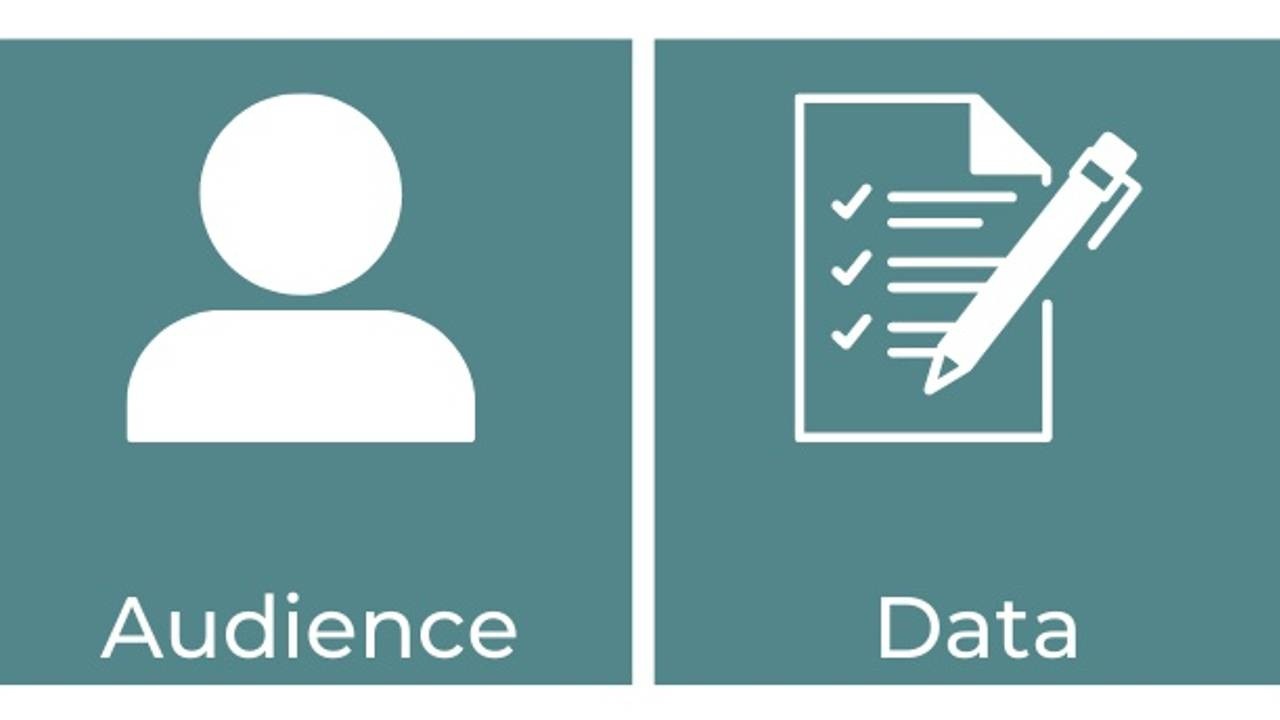The Data Viz Design Process - Part 2
Jul 22, 2022
In this series of articles, I'm going to share my data viz design process. A step-by-step framework for creating graphs and charts. Part 1 explained design, design thinking, and the benefits of using a design process. In Part 2, I'm going to explain the first two steps of the process - audience and data.
Step 1: Audience
The first step of my data viz design process is to think about the audience.
Who are they? Are you making something for the general public? Or is it for a specific group of people like business managers or policy makers? This first question helps you to identify specifically who is in your audience.
What do they already know? Does the audience have background knowledge on the topic or do they need to be given that context? What perspectives and pre-existing ideas are they going to bring about the data?
Think about how your audience feels about data. Are they comfortable looking at data? Or is this going to be something new for them? This second question helps you figure out the additional support you may need to provide to your audience and assumptions they might bring to the viz that you'll need to address.
Then ask: what do they need to know? What information are they looking for and how is your data viz going to provide it? Is there something you want them to do after viewing the data viz? This third question helps you figure out what you want to tell the audience and will provide guidance for later steps in the process.
These questions help you identify key characteristics about your audience that will guide you through the rest of the proocess.
Step 2: Data
The second step of my data viz design process is to define the question you're trying to answer and find (or be given) the data.
Before seeking out data, you need to figure out what question you're trying to answer. Go back to the audience step - what do they need to know? Try to be as specific as possible with the question and topic.
For example, maybe you're creating a data viz for the general public on climate change. Climate change is a very broad topic, and the general public is a very broad audience. So, how can that be narrowed down? Maybe you can focus your audience down to people in a specific location, and perhaps you choose your local area. Then you can pick a topic within climate change that is relevant to your area. For example, where I am, drought is an important issue. So, the question may become, how are drought conditions changing in my area and what can people do about it?
Once you have your question, you can search for your data. When searching for data, it's important to find reputable and reliable sources. Usually government agency websites, nonprofit organizations, and large news organizations are good places to look for reliable datasets. You can also use Google Dataset Search, data.world, Data Is Plural, and Kaggle to find data for a project. When you find a dataset, try to figure out its original source and make sure it's trustworthy.
In other situations, you may be given the data and topic from a client or colleague. In this case, this step may be a little shorter. But it's still important to write out the question you're trying to answer. Don't skip this step! Like your understanding of the audience in the first step, you'll return to this during the rest of the process. It's also super helpful to have a clearly defined question that will guide the rest of the process and help you identify what is in scope and out of scope for the project.
Part 3 of this series, explains the next two steps in the Data Viz Design Process.
I'm currently launching my new online course - Data Viz Design Essentials. This course will teach you everything you need to know to create engaging graphs that clearly communicate your data, and the first launch has special introductory pricing.
Stay connected with news and updates!
Join our mailing list to receive the latest news and updates from our team.
Don't worry, your information will not be shared.
We hate SPAM. We will never sell your information, for any reason.
